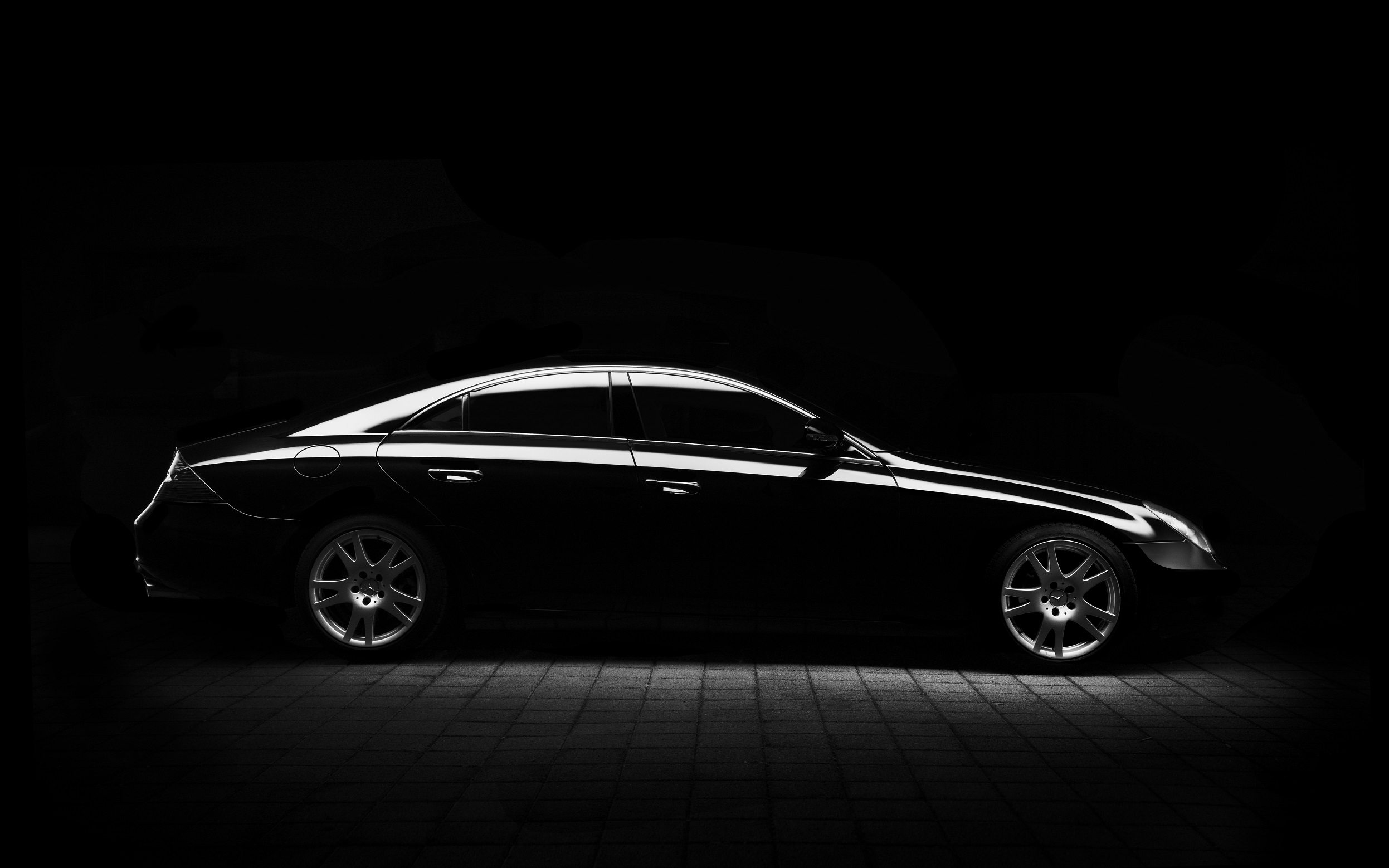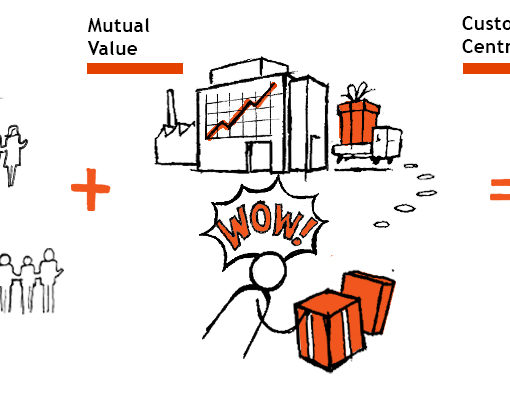And the times they are a-changin’ written in 1964 seems to be still true. Many industries have been in change over the last years with great impact on companies, employees, the supply-chain partners and the customers. Change is inevitable which means you can fuss about if it is good or bad or just accept it and make the best out of it. Over the last ten years there had been many signals that the car industry will dramatically change and now it seems the real change starts as companies begin to lay of employees in a big scale like the banking industry did ten years ago. A good time to reflect on customer centricity and the car industry. The Past
From a customer perspective, cars had been associated with pleasure in the past. The main reason to buy a car. BMW using this benefit as the core of its brand and supporting the success of the company. Still for many people cars offer pleasure. But due to the urbanisation people like to live in cities. Within the cities there is less and less parking space or it is quite expensive. There are long and constant traffic jams almost the whole day through. So, driving and finding a place to park have become more and more painful and offer less pleasure.
Like banking, the car industry underestimated the need for real innovation over many years. Furthermore, the wind has changed, and societies developed a negative point of view because of the environmental impact of cars. On top of this, like the banking industry, that is struggling as well to find new valuable solutions for customers, the car industry cheated on a big scale. Everyone was involved. Till recently the show was over and billions of damages was done.
As the value for the car manufactures was high for many decades the value for the customers decreased and decreased and the latest developments and the criminal activities put quite some fuel into an already big fire of transformation.
The Present
Nowadays products need to look quite the same in order to be efficiently produced and to improve the fuel consumption – eco-index. Product lifecycles are shorter and shorter to attract customers but additionally put pressure on the cost. Customers want to have less cars which puts pressure on the factories and cost as well. They are better informed than the average salesperson making selling a car quite a challenge. Customers have decided on more than 75% which brand and model to buy before entering a dealership. The loose management of the dealer network allows customers to negotiate prices at different dealerships of the same brand. Other companies entering the market to support customers in their search for the best price in the market. As a result, the price has an impact of 40% in the premium segment and 65% in the normal car segment on the purchase decision and is still rising. We witness the same reaction of the travel- and entertainment industry – price reduction everywhere. But when you read the newspapers now most articles are about self-driving, new engines, less consumptions or the activities at courts. It is time to think of the possible impact that customer centricity in the car industry might have.
The Customer Centric Future
The value for the customer has been decreasing over the last 20 years and now the value for the companies is decreasing as well. Let us start with the customer. In the past a car purchase was mainly driven by pleasure. This has changed. So, the two questions the car industry could answer: how they can improve the pleasure of their customers within mobility and if this not possible anymore what other things can they offer to pleasure their customers? Traffic jams, less parking space, speed limits can not be eliminated by the car industry. The growing awareness that our planet needs to survive in order that we will survive does not put to much hope in finding an answer for the first question. Building more and more streets will be difficult and even if new engines (researchers state that the current ideas for new engines are not even more eco-friendly than the existing ones and everything with a battery has little chance to be used for all cars) emerge within the next years, traffic jams, reduced parking slots, speed limits and cost for maintenance take quite some pleasure away.
But there might be hope in answering the second question. Finding new ways of pleasure. This statement constitutes the biggest misunderstanding what customer centricity truly is. It is about balancing the value for the customer and the value for the company. Finding new ways of pleasure does not mean just to focus on new ways of mobility. The car industry is part of the ecosystem mobility. They could contribute to gain more pleasure while consuming mobility. But this puts the value for the company over the value for the customer. Thoughts like, we are car producers and want to keep our factories and competences are very reasonable if they align with the value for the customers. It might be the right time to think of other offerings that pleasure customers. Customer centricity and the car industry have to bond stronger together again. Horses and cars have not much in common. Sure, both provide mobility. But as we cannot build more streets and customers likes space (one reason for the success of SUVs), there is only one solution to this: and the times they are a-changin’!




